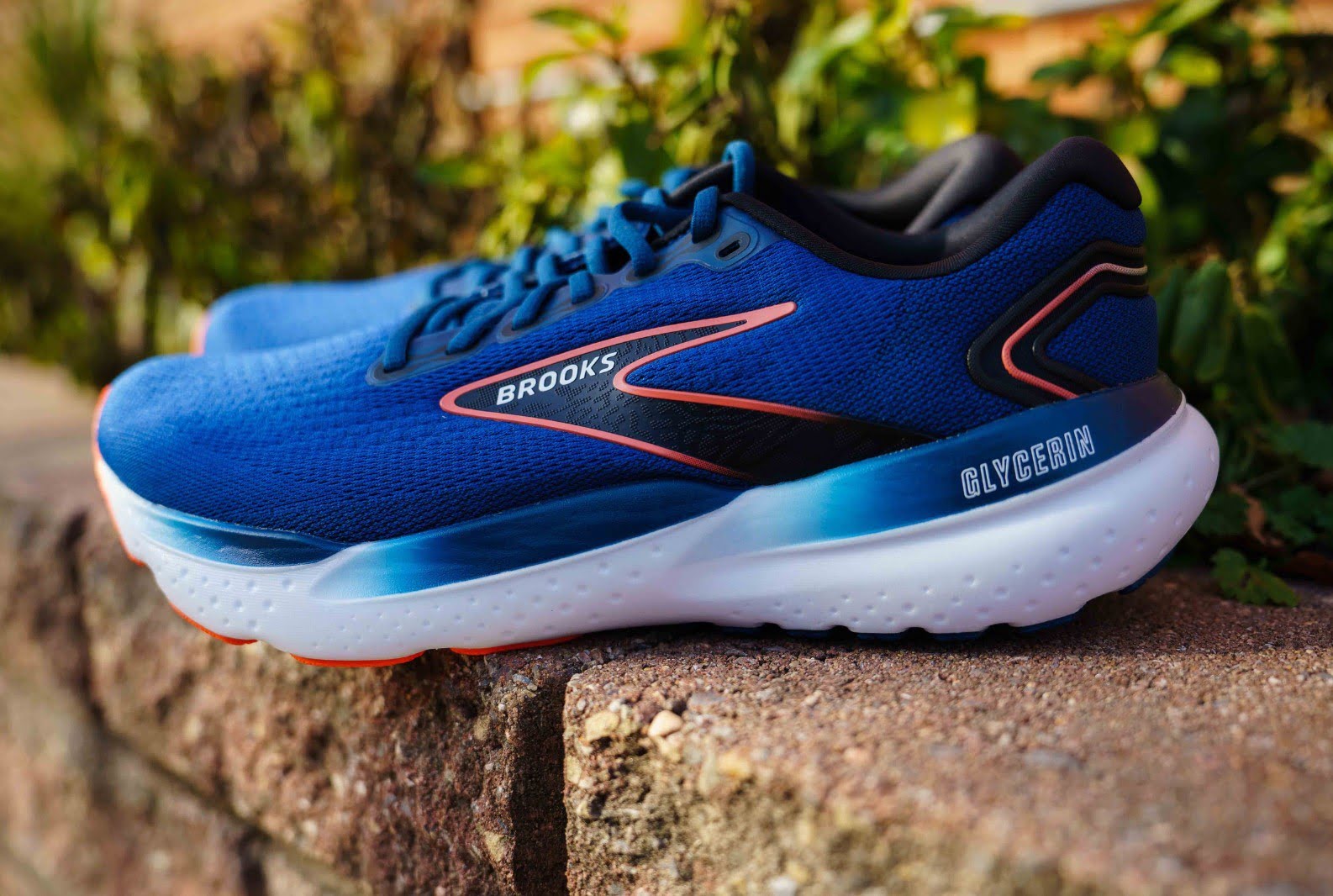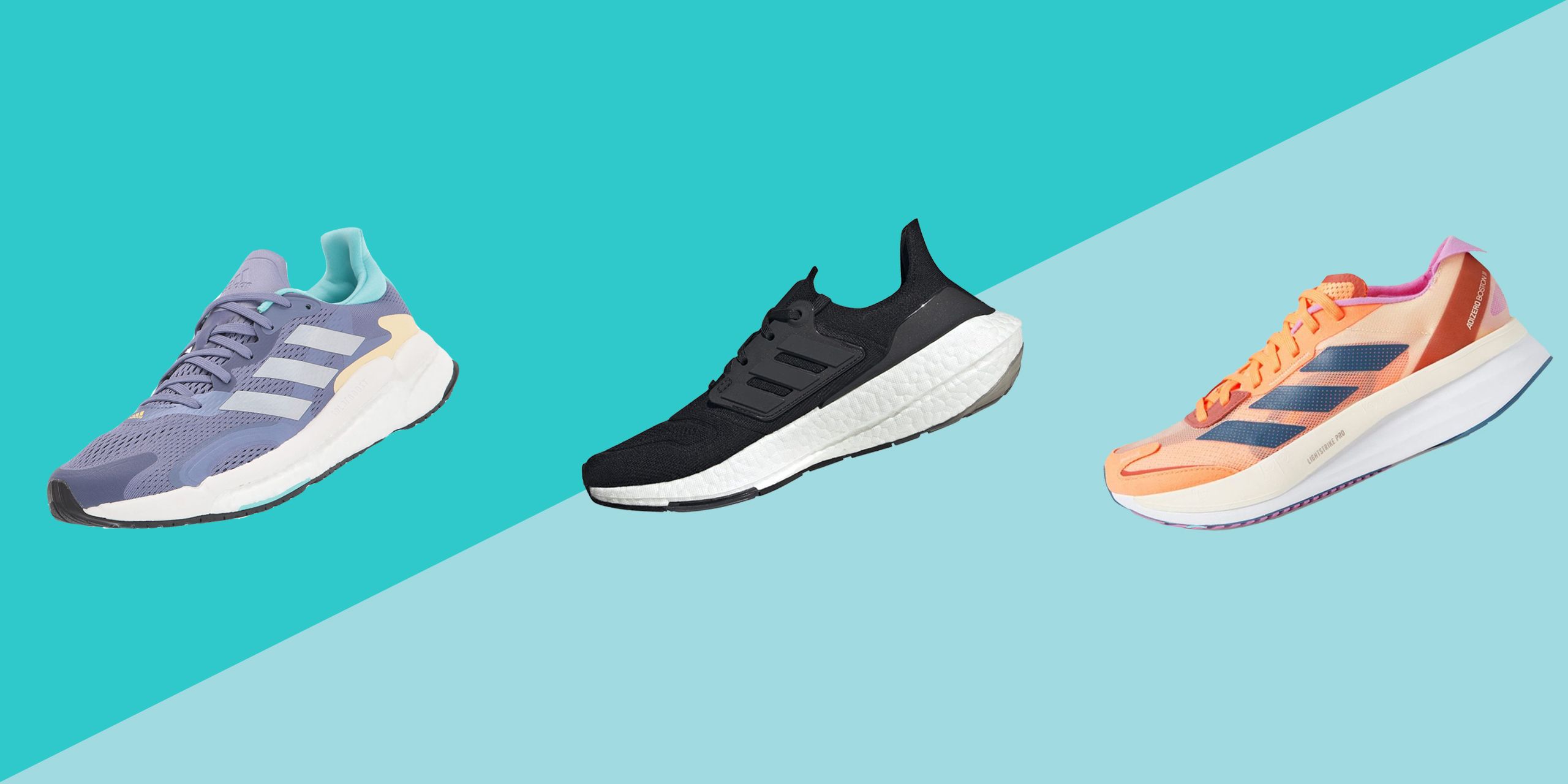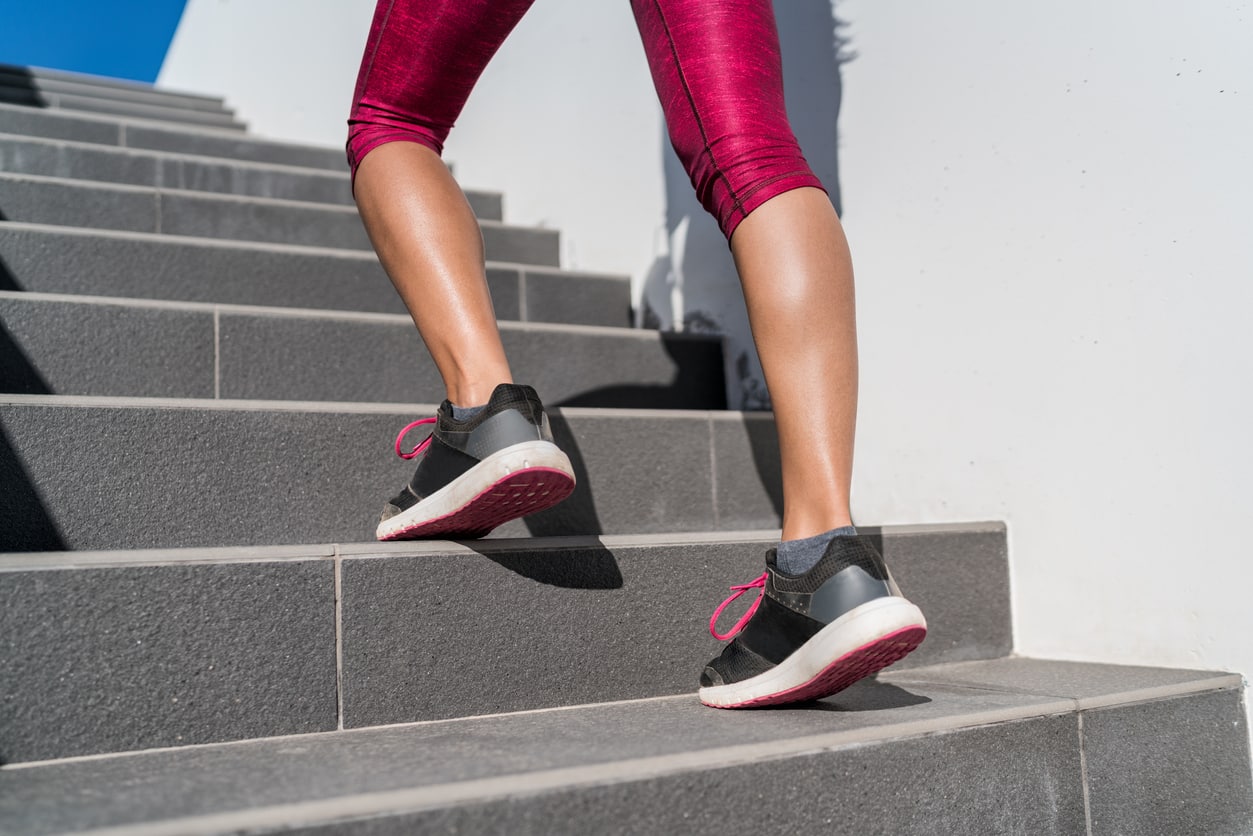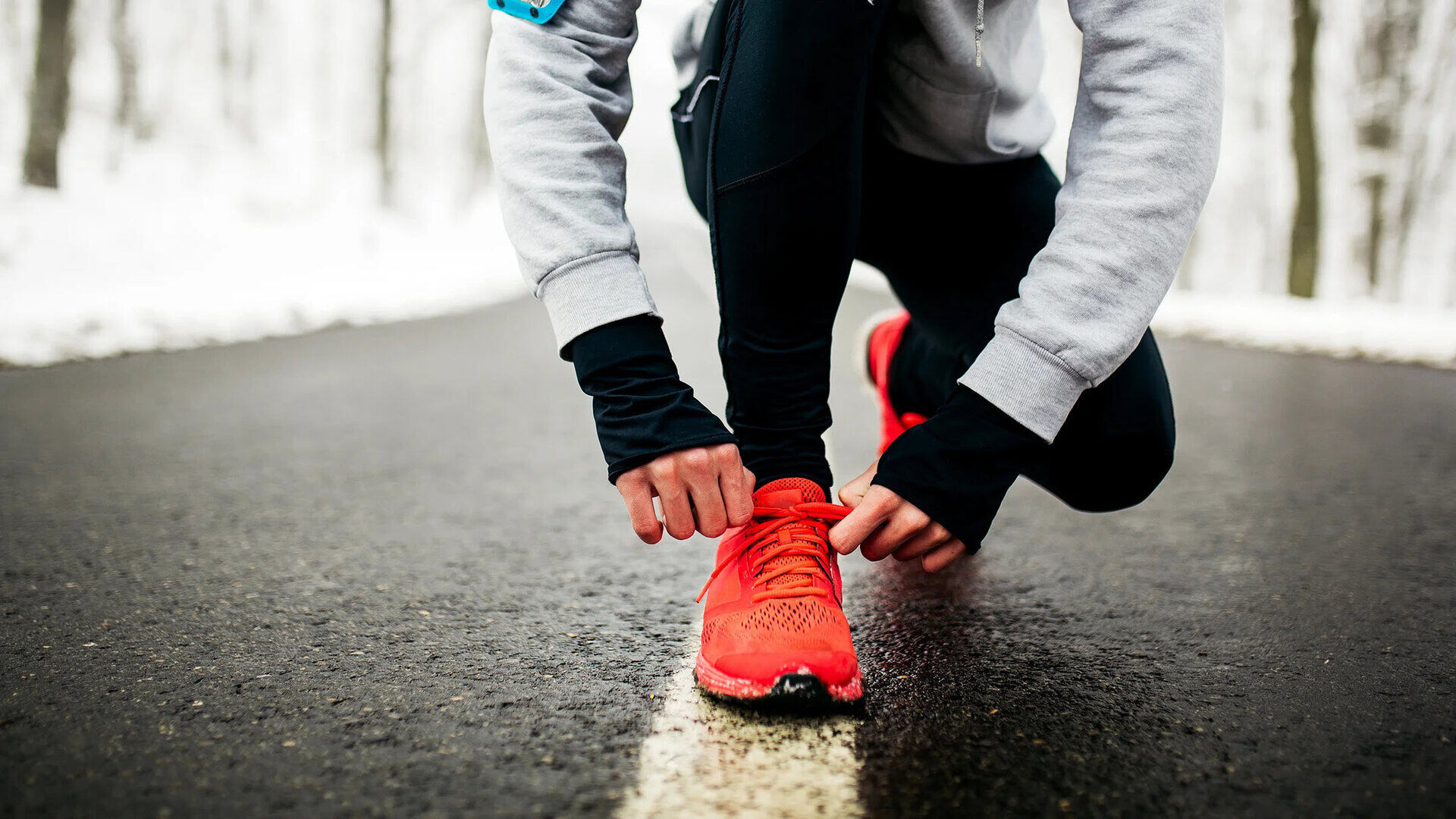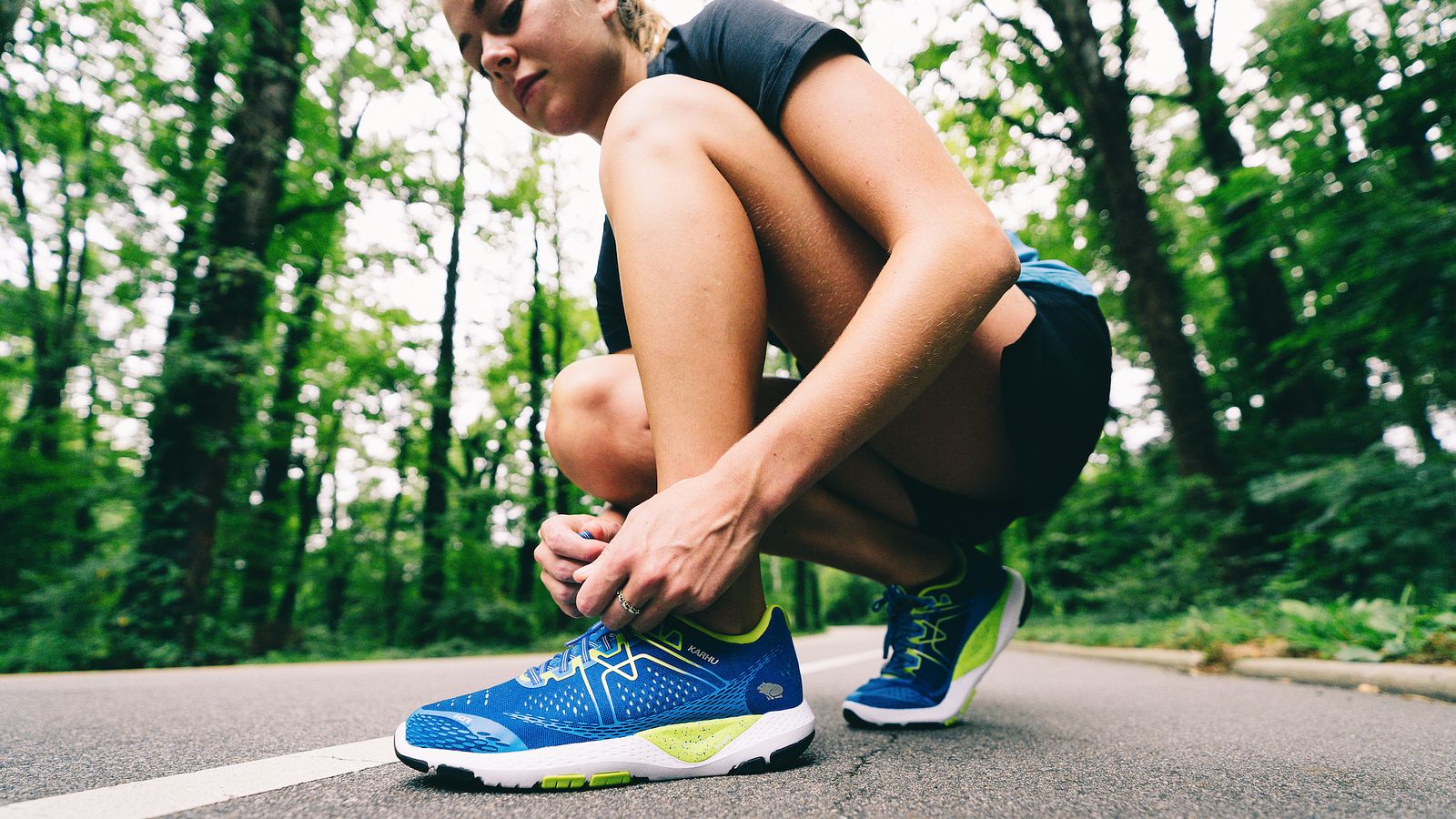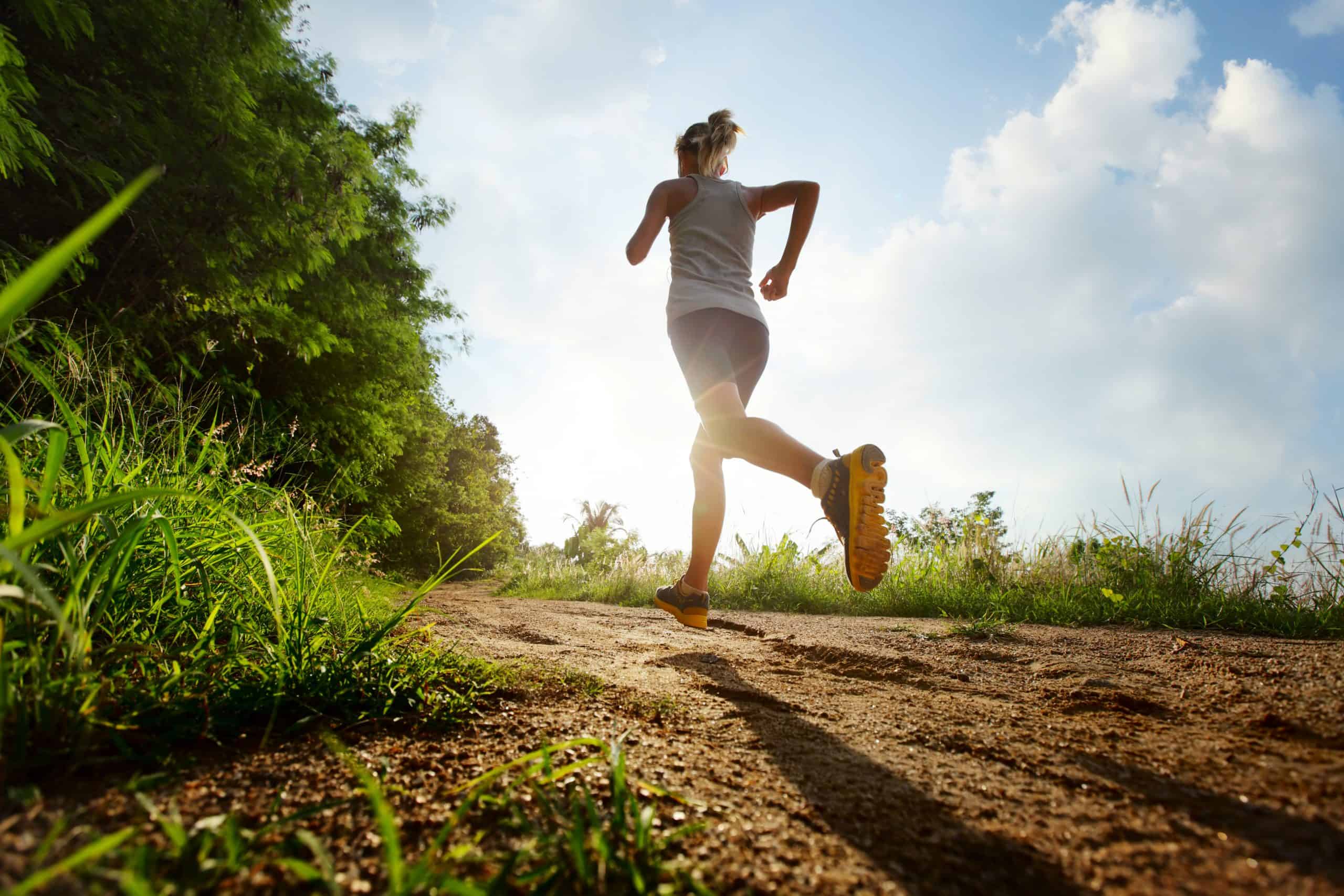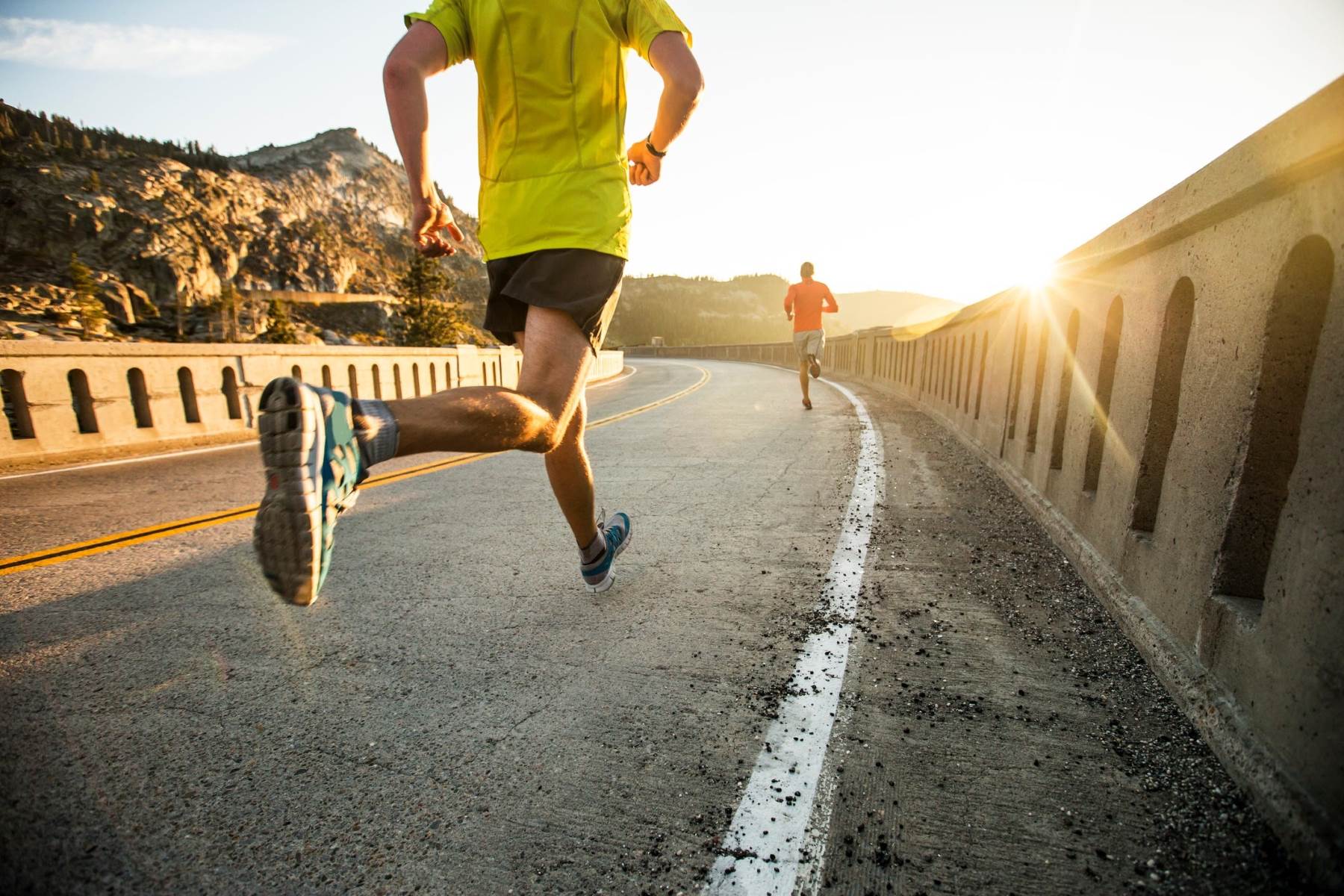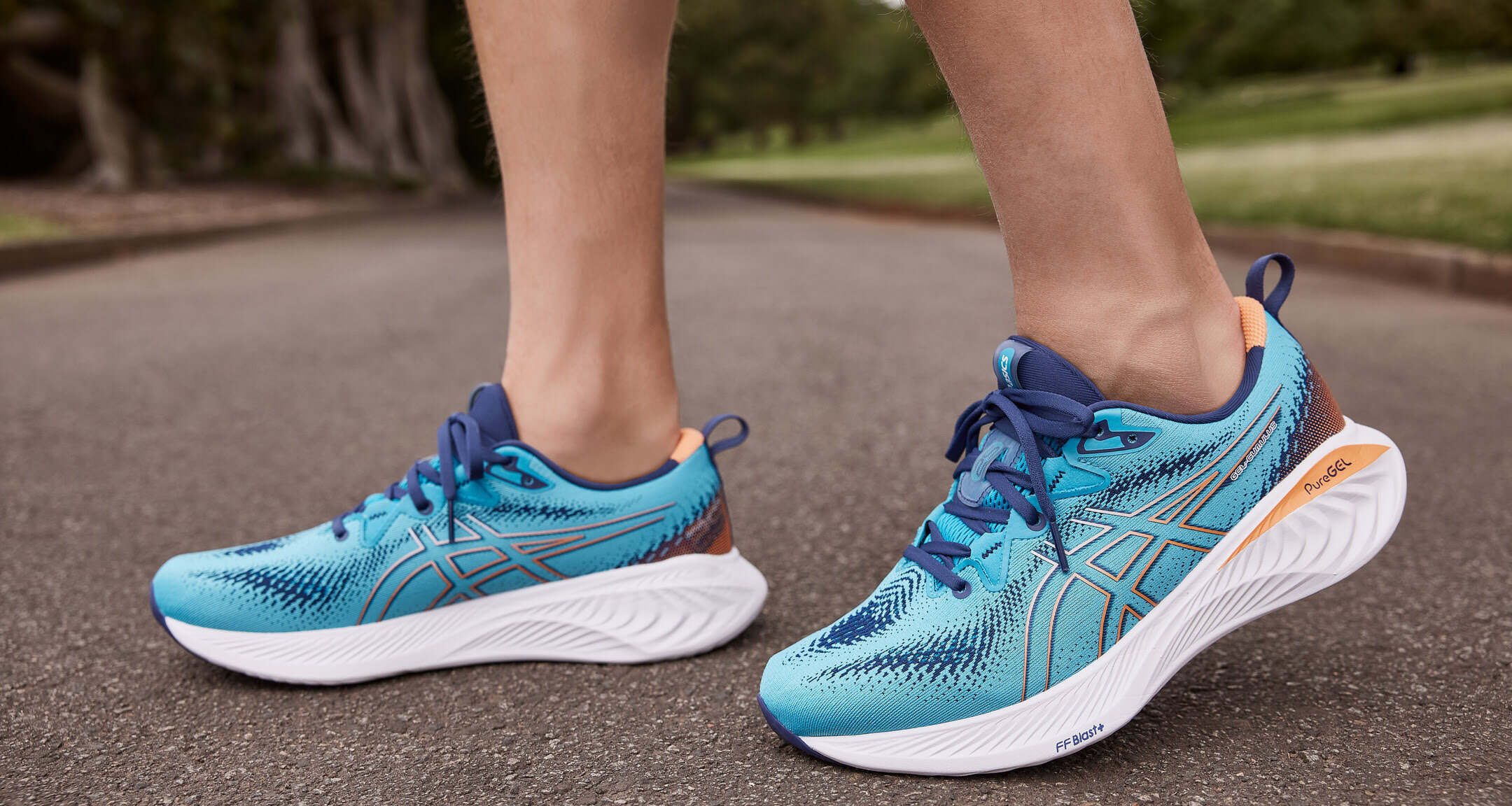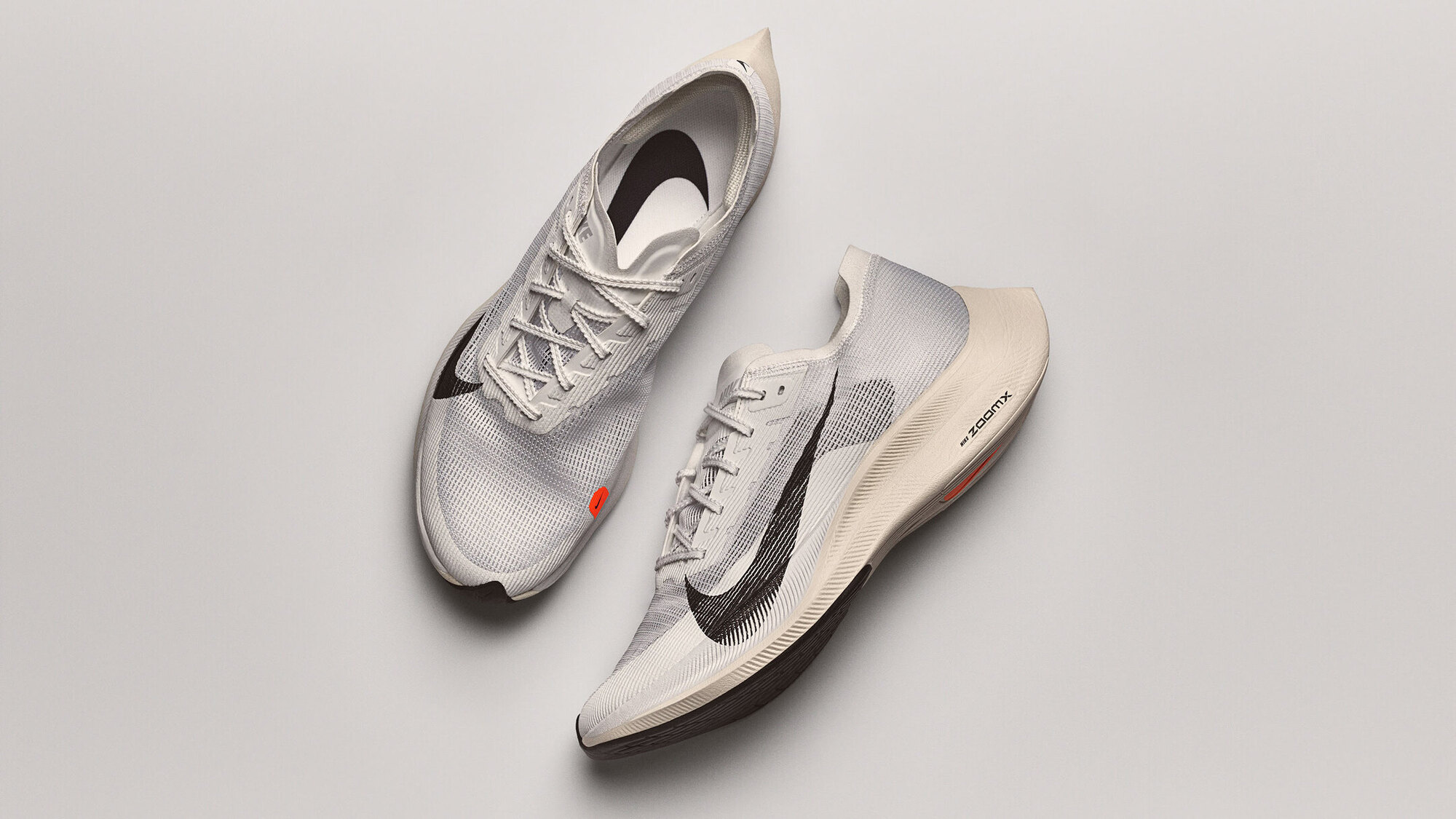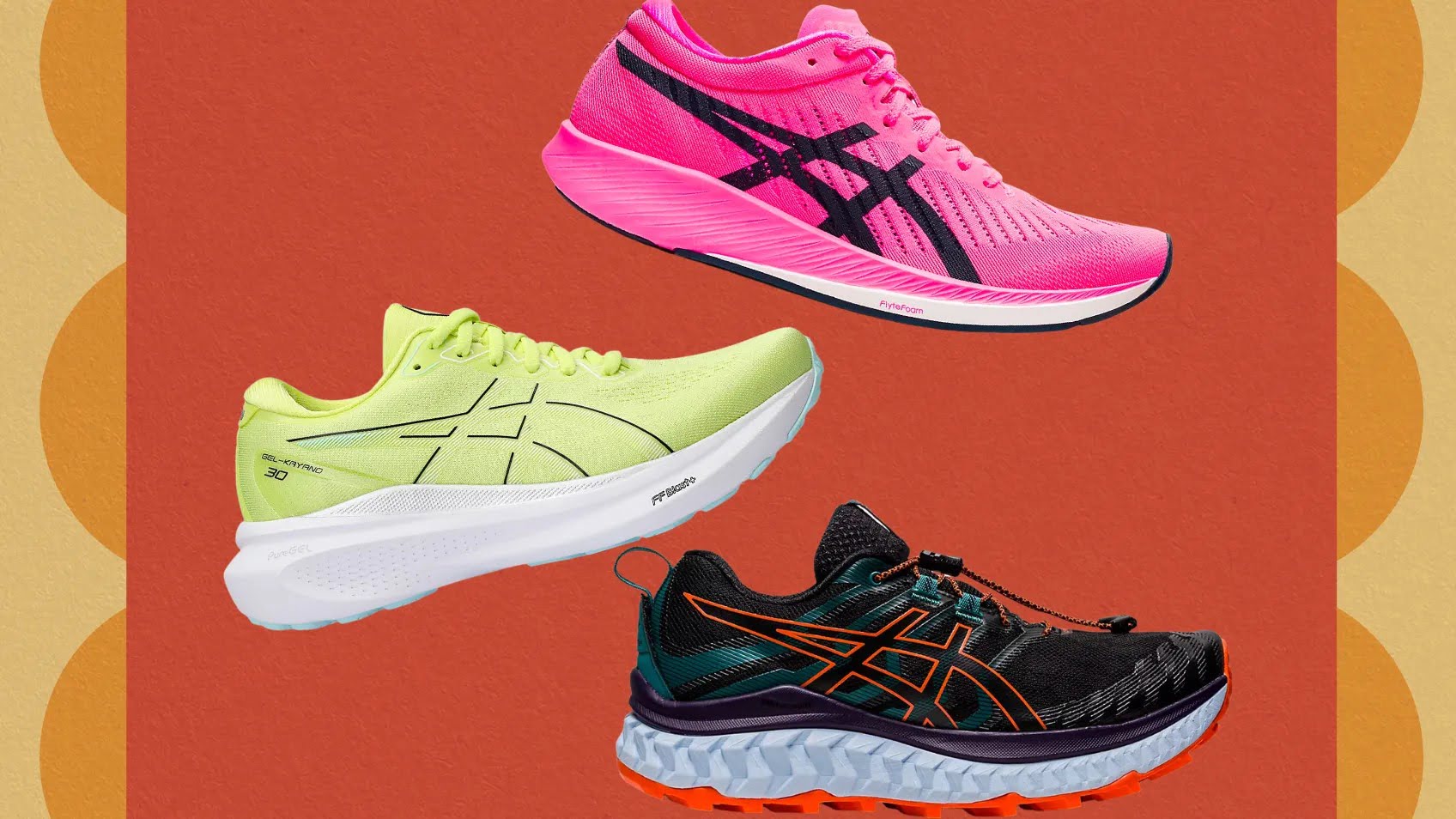Home>Health & Nutrition>Injury Prevention>Top Picks: Best Running Shoes For Metatarsalgia To Keep You Pain-Free
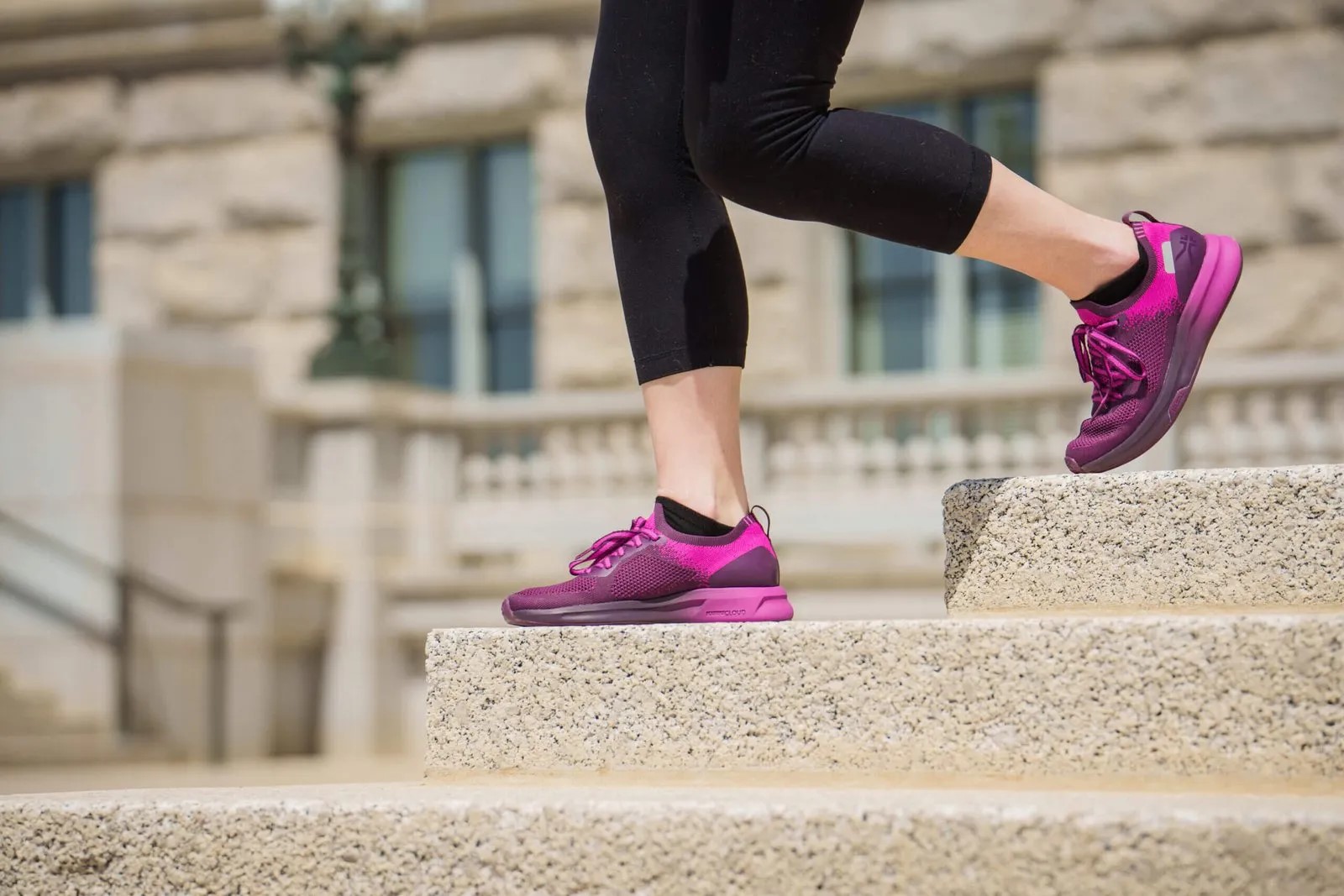

Injury Prevention
Top Picks: Best Running Shoes For Metatarsalgia To Keep You Pain-Free
Published: February 9, 2024
Prevent metatarsalgia pain with our top picks for running shoes. Find the best shoes for injury prevention and stay pain-free while running.
(Many of the links in this article redirect to a specific reviewed product. Your purchase of these products through affiliate links helps to generate commission for Therunningadvisor.com, at no extra cost. Learn more)
Table of Contents
Introduction
Metatarsalgia, a common foot condition characterized by pain and inflammation in the ball of the foot, can be a significant obstacle for runners. The discomfort and limitations it imposes can hinder one’s passion for running and overall physical well-being. However, with the right approach and the proper equipment, such as the right running shoes, individuals with metatarsalgia can continue to pursue their running goals while minimizing discomfort and potential injury.
In this comprehensive guide, we will delve into the world of metatarsalgia and explore the essential factors to consider when selecting running shoes tailored to this condition. Additionally, we will highlight some of the top picks for the best running shoes designed to alleviate the symptoms of metatarsalgia, allowing runners to enjoy their favorite activity without the burden of foot pain.
Understanding the nature of metatarsalgia and the impact it has on runners is crucial in selecting the most suitable footwear. By gaining insight into the condition and its implications, individuals can make informed decisions when choosing running shoes that cater to their specific needs. With the right pair of running shoes, runners can mitigate the discomfort associated with metatarsalgia and focus on achieving their fitness and performance goals.
As we embark on this exploration, it is important to recognize that finding the best running shoes for metatarsalgia involves a blend of science, technology, and individual preferences. By considering various factors such as cushioning, support, and overall design, runners can make strides towards a pain-free and fulfilling running experience. Let’s delve into the intricacies of metatarsalgia and uncover the key considerations for selecting the best running shoes to alleviate its impact.
Understanding Metatarsalgia
Metatarsalgia, often referred to as the ball of foot pain, is a condition characterized by discomfort and inflammation in the area between the arch and toes. This prevalent foot ailment can be attributed to various factors, including intense physical activities such as running, ill-fitting footwear, or structural foot abnormalities. Runners, in particular, are susceptible to metatarsalgia due to the repetitive impact and pressure exerted on the forefoot during each stride.
The primary symptoms of metatarsalgia include a sharp or aching pain in the ball of the foot, which may worsen when standing, walking, or running. This discomfort can be exacerbated by wearing shoes with inadequate cushioning or insufficient support, leading to increased strain on the metatarsal bones and surrounding tissues.
Understanding the underlying causes of metatarsalgia is essential for individuals seeking to manage and alleviate its effects. Factors such as high-impact activities, excessive weight-bearing, or wearing unsupportive footwear can contribute to the development of this condition. Additionally, foot deformities, such as high arches or bunions, can predispose individuals to metatarsalgia, further emphasizing the importance of tailored footwear for those with such foot structures.
Moreover, the biomechanics of running play a significant role in the onset of metatarsalgia. The repetitive nature of the sport, combined with the force exerted on the forefoot during each stride, can lead to overuse injuries and inflammation in the metatarsal region. As a result, runners must be particularly mindful of their footwear choices to mitigate the impact of metatarsalgia and sustain their running endeavors without compromising foot health.
By comprehending the intricacies of metatarsalgia and its implications for runners, individuals can make informed decisions when selecting running shoes. The right footwear can help distribute pressure evenly across the foot, provide adequate cushioning, and offer support to minimize discomfort and reduce the risk of exacerbating the condition. With a deeper understanding of metatarsalgia, runners can embark on their fitness journeys with confidence, knowing that they have equipped themselves with the knowledge and tools to address this common foot ailment.
Factors to Consider When Choosing Running Shoes for Metatarsalgia
When seeking the best running shoes for metatarsalgia, several crucial factors come into play to ensure optimal comfort and support. Understanding these considerations can significantly impact the selection process, leading to a more tailored and effective choice of footwear for individuals dealing with this condition.
Cushioning
Ample cushioning in the forefoot area is paramount when selecting running shoes for metatarsalgia. The cushioning should effectively absorb and disperse the impact forces generated during running, thereby reducing the strain on the metatarsal region. Look for shoes with responsive and supportive cushioning that can alleviate pressure on the ball of the foot, promoting a more comfortable and sustainable running experience.
Support and Stability
Optimal support and stability are essential for individuals with metatarsalgia. Running shoes with a supportive midsole and a secure heel counter can help maintain proper foot alignment and reduce excessive movement that may exacerbate discomfort. Additionally, a stable and well-structured outsole can contribute to a more balanced and controlled gait, minimizing the risk of undue pressure on the forefoot.
Read more: Top Picks: Best Running Shoes For Wide Feet
Toe Box Design
The design of the toe box plays a crucial role in accommodating the specific needs of individuals with metatarsalgia. A spacious and roomy toe box allows for natural toe splay and reduces compression on the forefoot, preventing additional strain on the metatarsal heads. Look for running shoes with a generous toe box that provides ample space for the toes to move freely, promoting enhanced comfort and minimizing potential aggravation of the condition.
Flexibility
While adequate support is essential, the flexibility of running shoes is equally important, particularly for individuals with metatarsalgia. A balance between support and flexibility ensures that the shoes can adapt to the natural movement of the foot while providing the necessary reinforcement to alleviate pressure on the metatarsal area. Look for shoes that offer flexibility in the forefoot without compromising overall support and stability.
Orthotic-Friendly Features
For individuals with specific orthotic needs, it is beneficial to consider running shoes with removable insoles or ample space to accommodate custom orthotics. This feature allows for personalized support and cushioning tailored to the individual’s foot structure and metatarsalgia condition, enhancing overall comfort and minimizing the impact of the ailment during running activities.
By carefully evaluating these factors and prioritizing the specific needs associated with metatarsalgia, individuals can make informed decisions when selecting running shoes tailored to alleviate the discomfort and challenges posed by this condition. The right combination of cushioning, support, and design elements can significantly enhance the running experience for individuals dealing with metatarsalgia, empowering them to pursue their fitness goals with greater comfort and confidence.
Top Picks for Best Running Shoes for Metatarsalgia
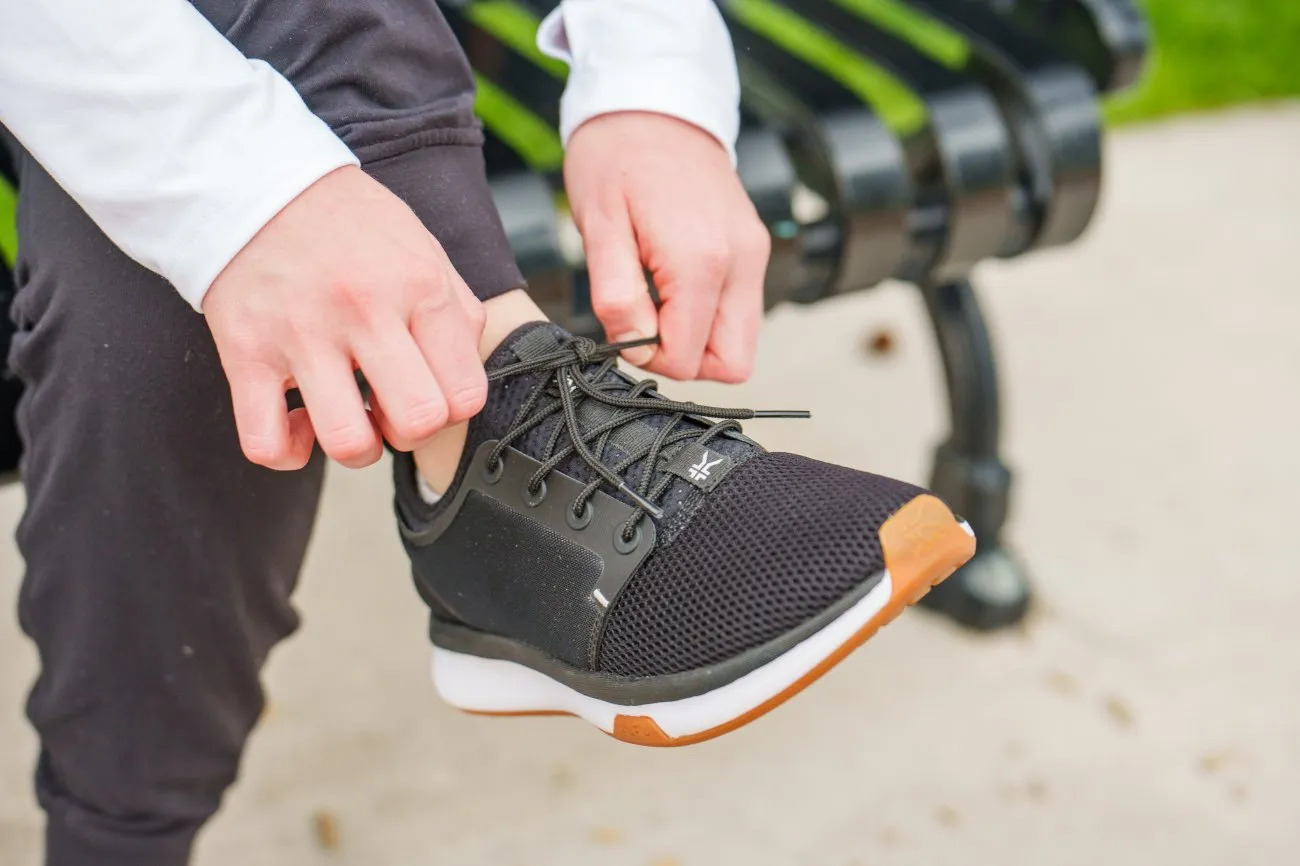
-
Brooks Ghost 14
- The Brooks Ghost 14 stands out as an excellent choice for individuals with metatarsalgia due to its balanced cushioning and versatile support. With a DNA Loft midsole that offers responsive cushioning and a Segmented Crash Pad for smooth heel-to-toe transitions, this shoe provides exceptional comfort and impact absorption, effectively reducing pressure on the forefoot during running.
-
Hoka One One Bondi 7
- Renowned for its plush cushioning and maximalist design, the Hoka One One Bondi 7 is a top contender for runners seeking relief from metatarsalgia. Featuring an oversized midsole with ample cushioning, this shoe minimizes impact forces on the forefoot while promoting a stable and supportive running experience. The spacious toe box further accommodates the specific needs of individuals dealing with metatarsal pain.
-
New Balance Fresh Foam 1080v11
- The New Balance Fresh Foam 1080v11 offers a blend of luxurious cushioning and strategic support, making it an ideal choice for those with metatarsalgia. With a Fresh Foam midsole that delivers plush comfort and a roomy toe box for enhanced toe splay, this shoe prioritizes foot health and overall comfort, effectively addressing the challenges associated with metatarsal pain during running.
-
Saucony Triumph 18
- Engineered to provide a cushioned yet responsive ride, the Saucony Triumph 18 caters to the needs of individuals seeking relief from metatarsalgia. Its PWRRUN+ cushioning technology and FORMFIT design offer a supportive and adaptive fit, ensuring that the forefoot remains adequately cushioned and protected from excessive pressure, thereby minimizing discomfort and promoting a more enjoyable running experience.
-
Altra Paradigm 5
- With its FootShape toe box and balanced cushioning, the Altra Paradigm 5 is a standout choice for individuals with metatarsalgia. The FootPod outsole and Altra EGO midsole work in harmony to provide a stable and cushioned platform, effectively reducing the strain on the forefoot and promoting natural foot movement, making it an excellent option for runners seeking comfort and support for metatarsal pain.
Each of these top picks offers a unique blend of cushioning, support, and design features tailored to alleviate the discomfort associated with metatarsalgia, empowering individuals to pursue their running endeavors with greater ease and confidence. By carefully considering these options and selecting the most suitable running shoes, individuals can mitigate the impact of metatarsalgia and focus on enjoying the many benefits of running without the burden of foot pain.
Conclusion
In conclusion, finding the best running shoes for metatarsalgia is a pivotal step for individuals seeking to continue their running pursuits while managing the discomfort associated with this prevalent foot condition. By understanding the specific needs and considerations essential for addressing metatarsalgia, runners can make informed decisions when selecting footwear tailored to alleviate the impact of this ailment.
The journey to finding the most suitable running shoes for metatarsalgia involves a careful balance of cushioning, support, and design elements that cater to the unique requirements of individuals dealing with this condition. The top picks highlighted in this guide, including the Brooks Ghost 14, Hoka One One Bondi 7, New Balance Fresh Foam 1080v11, Saucony Triumph 18, and Altra Paradigm 5, exemplify the fusion of advanced technology and thoughtful design aimed at providing relief and comfort for runners with metatarsalgia.
By prioritizing cushioning that effectively absorbs impact forces, support that promotes stability and proper foot alignment, and a spacious toe box that accommodates natural toe splay, individuals can significantly reduce the strain on the metatarsal region, thereby minimizing discomfort and potential injury during running activities. Additionally, the flexibility and orthotic-friendly features of these top picks further enhance their suitability for individuals seeking personalized support and adaptable footwear solutions.
Ultimately, the right pair of running shoes can empower individuals with metatarsalgia to pursue their passion for running with greater comfort and confidence. By embracing the advancements in footwear technology and design, individuals can transcend the limitations imposed by metatarsalgia and embark on their running journeys with a renewed sense of optimism and determination.
As we conclude this exploration, it is essential to emphasize the transformative impact that well-suited running shoes can have on individuals dealing with metatarsalgia. With the right footwear, runners can transcend the challenges posed by this condition and embrace the joy of running, knowing that they have equipped themselves with the tools to mitigate discomfort and sustain their active lifestyles.
In the pursuit of pain-free and fulfilling running experiences, the significance of tailored footwear for metatarsalgia cannot be overstated. By leveraging the insights and recommendations presented in this guide, individuals can embark on their running endeavors with the assurance that they have made informed and effective choices in selecting the best running shoes to keep them pain-free and focused on achieving their fitness goals.


